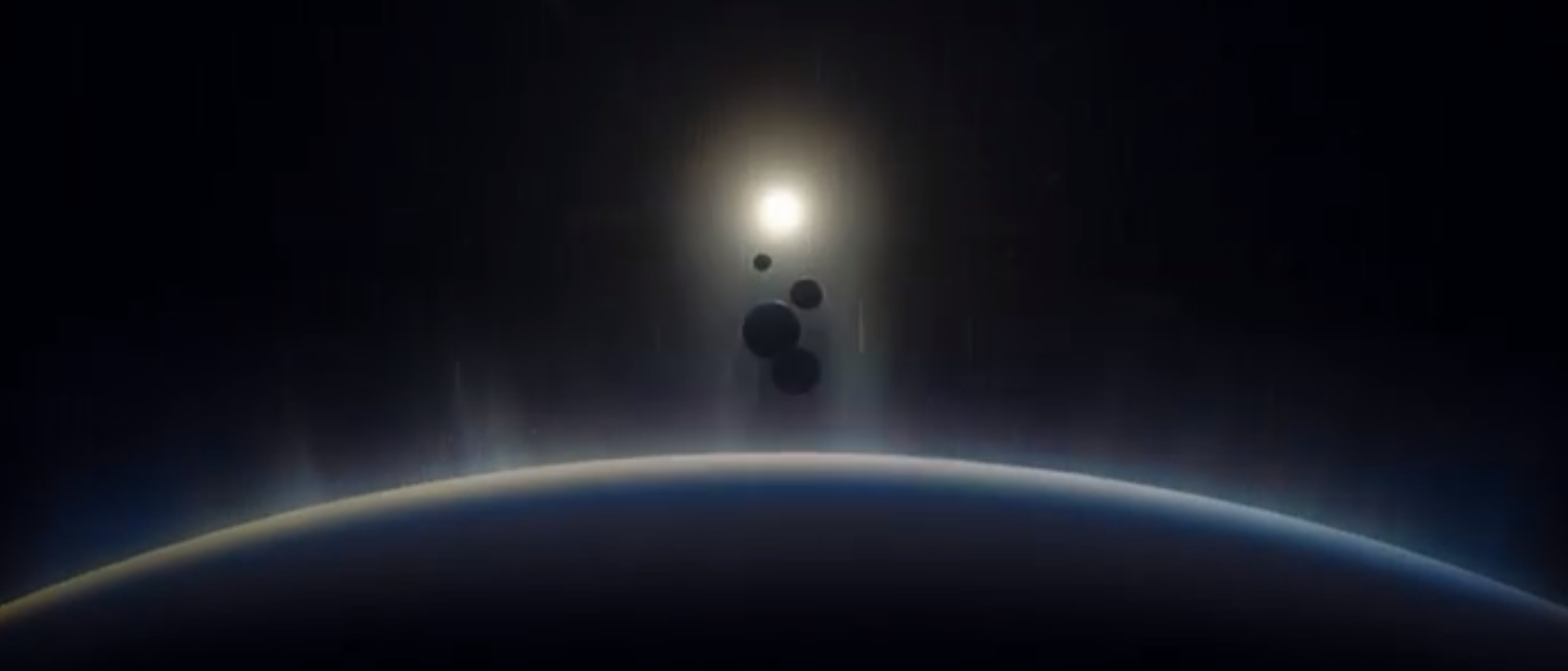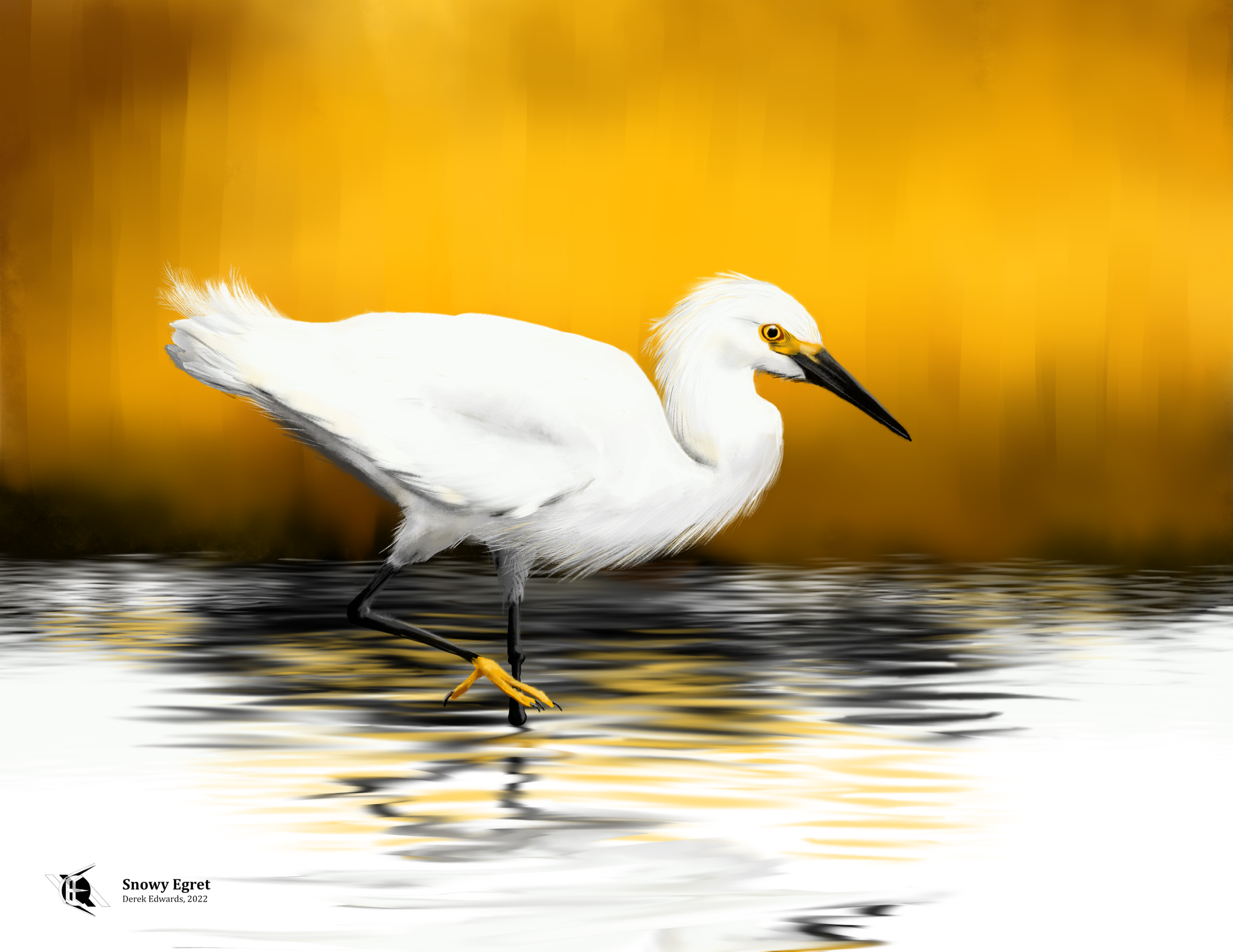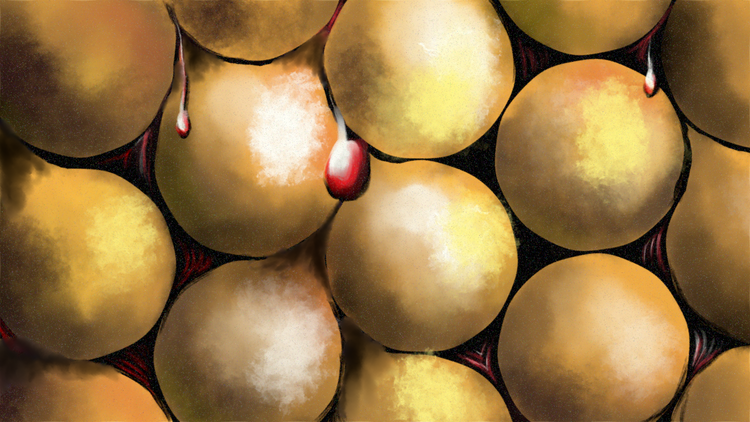
Running Commentary 9/26/2022
Hello,
My review of Obi-Wan Kenobi is up, just in time for Andor.
Anyway...
Watching...
Andor
My most anticipated Star Wars show is finally here, with a two-hour, three-episode premiere. As is usually the case for Star Wars shows, I plan to write a full review of this season (which’ll probably go up as soon as Ahsoka premieres :) but for now, here are my notes on the first three episodes:

- This show, like Rogue One, was written by Bourne writer Tony Gilroy. I’ve not actually seen more than a bit or two of any of the Bourne films, so I’m not sure how similar those are to this show. What Andor reminds me most of, so far, is The Expanse. Obviously, I expect this show to develop quite different than The Expanse does, but the two shows have a similar start, and the opening shot of Andor’s titles reminded me of the closing shot of The Expanse’s.


- I’m sort of surprised we didn’t see anything of Mon Mothma yet, considering she’s been billed as the second lead of the show. I suppose we might meet her when Cassion does.
- K-2SO is another character who’ll apparently show up later on, maybe even not until Season 2. There’s a similarly-mannered droid here, who isn’t in enough scenes and who might not show up in future episodes anymore.
- Add Stellan Skarsgård to The List.
- It occurs to me that, besides Cassian, who I already knew, I can’t name any of the other characters off the top of my head. People say each others’ names during dialogue, but looking up names afterward I don’t remember any of them. Maybe that’s because everyone but the Spanish-accented Diego Luna is very British, so it’s harder for me to understand what everybody’s saying.
- This show really does feel quite different from the other Disney+ Star Wars series, which have mostly tried to follow in The Mandalorian’s footsteps. This show feels very much like Rogue One. Honestly, it seems even moreso like Rogue One than Rogue One did, in that even Rogue One had mentions of the Force, which is, so far, absent from Andor. There’s a certain sort of no-win situation with Star Wars and other similar franchises: if you make lots of references to earlier installments and ideas (as Rogue One did) you risk feeling like a cheap trade in nostalgia. But if you strip away most of the trappings of a franchise (as Andor has, thus far) and you raise the question of whether it fits in the franchise, and why it’s part of the franchise. I’m curious to see how this show winds up being received. I’ve enjoyed these first episodes, and I think, for a lot of people, this will be their favorite Star Wars series, but I’m not sure how big this will really be with the broader Star Wars audience.
She-Hulk: Attorney at Law
Episode 6 was “a self-contained wedding episode” which did indeed come at an inconvenient time. Here are my notes:

- Knowing that your show’s pacing is bad should be the first step to fixing said pacing, not a chance to roll your eyes at yourself before plowing straight ahead with the badly-paced show. This series remains narratively stalled-out.
- Something occurred to me about how Marvel handles its female heroes in comparison to its male heroes. Generally speaking, Marvel has written female heroes as acting in their self-interest while male heroes act in the public interest, or at least on the behalf of other people. There are exceptions both ways (Iron Man 2 saw Tony Stark fighting enemies motivated by a personal vendetta against him; Avengers: Endgame saw Natasha Romanoff sacrifice her own life to help restore the people wiped out by Thanos) but in most cases, when a man is the hero of a story, their primary motivation is to insert themselves into situations in order to defend the villain’s intended victims, while when a woman is the hero of the story, they usually are the villain’s intended victim. This seems especially true in She-Hulk. Six episodes in, and She-Hulk hasn’t done much to save anyone (besides maybe the people in the courtroom at the end of the first episode) and the villains, both Titania and the Wrecking Crew, are after her specifically. In isolation, this would be fine, but there’s a problem of Marvel’s women being framed as simply less heroic than Marvel’s men that this show really casts into sharp relief.
- Speaking of the Wrecking Crew, and of identity issues, it occurred to me watching the recap ahead of this episode that Thunderball is probably the first character who was black in the comics but cast as white on-screen. This is probably because this version of Thunderball appears to be part of some online alt-right group. (Not that there isn’t the odd black guy in those in real life.)
- The idea of an immortal man throwing himself to his death to avoid awkward situations was the funniest idea this show’s had yet.
Playing...
Warframe
This is just a note to say that I enjoyed this week’s Kahl-175 mission much more than last week’s. There were still elements of sneaking around at the start, but the squad-command style we saw in the “Veilbreaker” quest quickly returned. My concerns that playing a Grineer marine would, once the novelty wore off, feel like a stunted version of the game in comparison to playing as a warframe might have been misplaced. As soon as a new player picks up Warframe, they quickly become familiar with the sight of a squad of Grineer all bursting into the room at once. By late game, that sight doesn’t inspire much worry, since that sight is often quickly followed by the sight of seeing all those Grineer’s bodies flying, scattered by a Tenno rocket blast. Still, it was great to play the other side here. Once you’ve found the seven-or-so Narmer Hellions and unveiled them, you get to be the squad rolling into a tile, blasting away. Grineer strength is in their numbers, and once you get your squad’s numbers up, it’s just a power fantasy of another sort.

Bird of the Week
We’ve seen a couple of herons so far as the Bird of the Week: the large Great Blue Heron, and the small Green Heron. Today we’re going to split the difference with a mid-sized heron, the two-foot-tall Snowy Egret. By now, we’re familiar with what herons are: they’re the somewhat stork-like members of the taxonomic order they share with pelicans and cormorants, wading birds who can usually be found standing at the edge of shallow water, watching for a fish or frog to eat. They nest in groups, leaving multiple large, woven-stick structures in stands of trees. But what makes an egret an egret?
The word “egret” derives from the French “aigrette”, the diminutive form of “aigron”, the French word for “heron”. So an egret is a small heron? In French, maybe, but not in English. In English, the word refers to white herons. This isn’t an exact definition either, since the reddish egret has a dark morph, and the great blue heron has a white morph but isn’t called an egret. But generally, an egret is a heron with white or predominately white feathers.
Snowy egrets are found in the Western Hemisphere, with a migratory population breeding in pockets of the United States and wintering in Central America and along the Gulf Coast, and a resident population found throughout South America, the Andes excepted. They eat a wide-ranging diet of fish, amphibians, crustaceans, and even earthworms, and, in turn, are eaten by a wide range of creatures, including alligators and owls, which will eat hatched egrets, and raccoons and snakes, which eat egret eggs. The snowy egret can be distinguished from other egrets in its range by its pure white feathers, black legs with yellow feet, and black bill, with yellow lores. During the breeding season, they sport long plumes, which were once prized as ornaments for hats.
To science, this bird is Egretta thula. The genus name comes from the same French word as “egret”, and was first applied to the snowy egret’s close cousin, the Little Egret of Europe, by the Scotch-Polish naturalist and clergyman Johann Reinhold Forster, who sailed with James Cook and is a key figure in the early histories of both environmentalism and scientific racism. The species name was given by a different naturalist and clergyman, Juan Ignacio Molina, a Chilean-born Jesuit priest who later moved to Italy when the Catholic Church recalled and disbanded the Jesuit order in the mid-18th Century. Molina was a leading expert in South American botany, but he did make a mistake in naming the snowy egret. *Thula* is an Araucano word referring not to an egret but to the black-necked swan.

Curation Links
Past Lives of the Paragraph | Richard Hughes Gibson, The Hedgehog Review
The paragraph is a much more recent development than the sentence or the written word (though it's newer than the spaces between words). While today it might be most properly understood as a sort of super-sentence, carefully built to deliver a complex idea or argument, they were originally just a way to improve readability, placed almost arbitrarily whenever the writer wanted to signal some sort of subject transition. In many contexts, that’s still all they are, which makes the paragraph hard to define.
The Brachistochrone | Michael Stevens & Adam Savage, VSauce
[VIDEO] A brachistochrone is the quickest path for a roller to take from a point of high elevation to a point of lower elevation set some horizontal distance away. It is not, as would be the case if no elevation change were present, a straight line. Veteran YouTuber Stevens delivers the mathematical background of brachistochrones, while former MythBuster Savage produces a physical model to demonstrate how they work. (25 minutes)
The Name of the Wind by Patrick Rothfuss and The Children of Húrin by J.R.R. Tolkien | Adam Roberts, Strange Horizons
A review of two high fantasy stories, one new and one old, with a focus on how the genre has become more generic in its writing style as writers have become less interested in studying the ancient stories that they lift their settings from.
Victory Citrus Is Sweet | Thoraiya Dyer, Tor
[FICTION] "An unexpected encounter with a mysterious life form turns a simple trip to Mercury into a historic event. Both for ship Captain Victory Citrus and human civilisation as we know it."
See the full archive of curations on Notion






Member Commentary